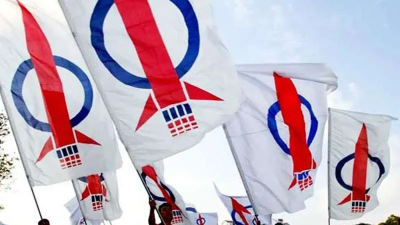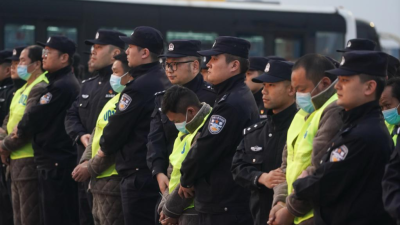
By Jamari Mohtar / Tam Mei Si
One consequence of the third wave of COVID-19 pandemic is that people are taking seriously the need for physical and social distancing, and are opting to drive rather than continuing with the use of public transport.
This in turn has caused a spike in the purchase of second-hand cars in order to avoid the 3Cs of public transportation – crowded, confined and closed spaces.
According to the Federation of Motor and Credit Companies Association of Malaysia (FMCCAM), the year-on-year (y-o-y) July sales of second-hand car spiked over 25% to 37,800 units, while both August and September registered over 17% of y-o-y growth.
However, the increase in second-hand car sales has led to an increase in carbon emissions, which has a negative impact on our environment.
In a study conducted by Transport & Mobility Leuven, average second-hand car in Belgium has a carbon footprint of approximately 140 grams per kilometer, which is higher than that of a new car at 120 grams per kilometer.
Therefore, the increase in the demand for second-hand cars in our country will definitely result in an increase in carbon footprint, which is a serious issue for the environment.
Apart from that, since private transportation usage was very restricted during the period of relatively stricter Movement Control Order (MCO), the carbon footprint of cars then was lower compared to the current Recovery MCO.
Also, as it is not realistic to push for an increase in the use of public transportation during the pandemic, the feasible solution is to mitigate the carbon footprint of second-hand cars.
Therefore, relevant authorities should take their respective responsibilities to deal with such adverse effects on the environment. They should reduce the emission of carbon by second-hand cars by making it compulsory for second-hand car owners to install carbon emission reduction mechanisms in their cars.
They can install an automatic start-stop system that uses a flywheel system to switch the engine on and off to achieve fuel savings of up to 25%, which helps reduce carbon footprint.
When the system senses the driver's foot on the brakes, it shuts down the engine and disengages the transmission. Subsequently, when the system senses the driver's foot leaving the brakes, it restarts the engine.
This system will make a significant difference in fuel economy, especially if there is frequent stop-and-go traffic on the way to and from our destinations, such as traffic congestion during peak hours.
Sellers of the system should also vigorously publicize and promote the use of such system through social media, especially for the second-hand car owners, in an attempt to reduce the environmental pollution caused by automobile exhaust.
The government could also consider tax incentives for second-hand car sellers by providing them tax credit for the installation of carbon reduction mechanisms such as the automatic start-stop system mentioned above.
A tax credit is an amount of money that taxpayers are permitted to deduct from the income taxes they owe. Hence, it means the cost of installation and the price of the mechanism are tax deductible.
The more mechanisms second-hand car sellers install, the more tax credits they will enjoy, and the lower their income taxes will be. As a result, second-hand car sellers will install this mechanism as much as possible in an attempt to receive a higher income, so it will certainly reduce the carbon footprint.
The carrot and stick approach should be applied. Hence, the government should impose fines on those who deliberately emit too much carbon dioxide, such as in the case of illegal street racing.
If the situation gets worse, the government must step up law enforcement and stiffer punishments meted out to those who pollute the environment. The government may impose harsher penalties, such as three-month jail in order to protect the environment.
Other methods by the relevant authorities include also the introduction of road pricing into the city center in a bid to reduce the number of vehicles on the roads.
For example, Mohd Amin Nordin Abdul Aziz, our country’s former mayor of Kuala Lumpur was looking to introduce road pricing or congestion charges in 2016 to lower the carbon footprints.
By doing so, second-hand car buyers will reduce the number of trips they take to avoid road pricing, thus reducing the carbon footprint.
In this regard, Singapore has curbed pollution relatively well when it introduced the electronic road pricing (ERP) years ago with its ubiquitous ERP gantries all over the island state with the objective of reducing the number of vehicles entering the Central Business District (CBD) during peak hours each day except on weekends and public holidays.
Many Malaysians have mistaken this for Singapore’s toll system. There is no toll in Singapore. The ERP is merely the price one pays for contributing to congestion in the CBD during peak hours, not 24 hours as in the Malaysian toll system.
Reducing the flow of greenhouse gases which causes global warming is a collective responsibility of all including the authorities, second-hand car owners and second-hand car sellers.
Let us to do more to protect our environment before it becomes worse. As the saying goes, it is better late than never.
(Jamari Mohtar and Tam Mei Siare part of the research team of EMIR Research, an independent think tank focused on strategic policy recommendations based on rigorous research.)
ADVERTISEMENT
ADVERTISEMENT


































